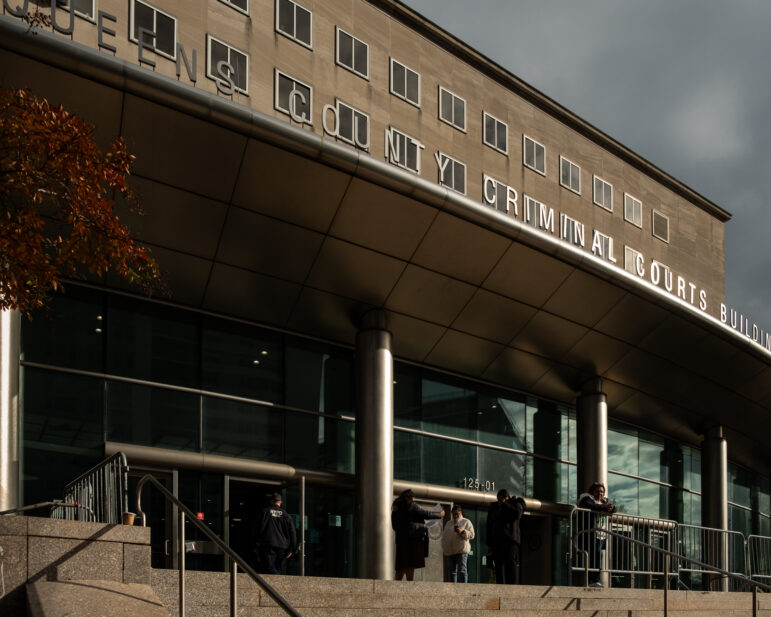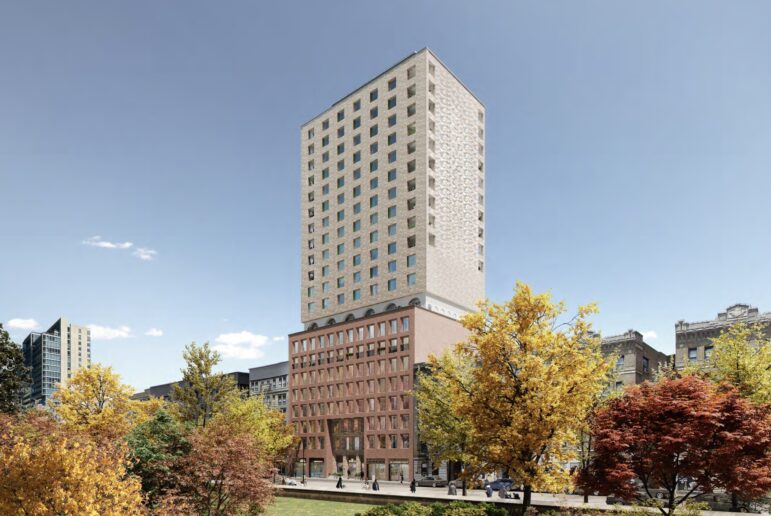After an outpouring of mostly critical reaction to its plan to change the rules that govern life behind bars in New York City, the Board of Correction has pushed back by four months its vote on new policies affecting everything from jail capacity to inmates’ religious observation.
The Board earlier this year published a battery of proposed amendments to the “Minimum Standards for New York City Correctional Facilities,” the basic guidelines for the treatment of inmates in the city’s 11 jails. If approved, the proposals would represent the first comprehensive overhaul of the standards since they were established in 1978.
The Board has said the proposed changes – developed over a two-year period in consultation with the Department of Correction (DOC), which it oversees – would bring New York’s policies in line with other major jail systems, and in many cases simply formalize practices that the Board already allows. Some of the proposals – such as rules that would permit surveillance of inmate phone calls and mail without warrants – are necessary in light of post-Sept. 11th security concerns, according to the DOC.
But at an April 17 public hearing, prisoners’ advocates denounced most of the proposals, objecting to plans to increase the number of inmates housed in each Rikers Island dormitory, potentially limit access to Spanish interpreters, require institutional clothing for pre-trial detainees, and permit jails to “lock in” (or confine mostly to their cells) inmates who are in “close custody,” a category that includes inmates at risk of violence because of their sexual orientation or the high-profile nature of their alleged crime. (See Prisoners’ Rights Revised: Draft Rules Open For Debate, City Limits Weekly #579, March 19, 2007.)
Advocates also complained that they were shut out of the process that generated the proposals. “These rules signify a major deviation from the Board’s role as a watchdog,” said New York City Bar Association president Barry Kamins. “The proposed revisions appear to have been written with little input from entities other than the Department of Correction.”
The Board initially said it would accept public comments through May 21 and vote on each of the 15 proposed changes at its June 14 meeting. But on May 10, the Board extended the public comment period until July 2, delayed the final vote until October, and announced that the Board will hold discussions at the June meeting with some of the organizations that have commented on the proposals. “We’ve extended this process because we’ve got lots of comments and we want to do our job,” says Board chairperson Hildy Simmons.
Advocates who had pressed for more time to lobby the board were pleased at the delay, but noted that the original proposals are still on the table. “One of our comments was that they should just tear this up and start over,” says Milton Zelermyer of the Legal Aid Society’s Prisoners’ Rights Project. “They didn’t go that far.” But there are signs that some Board members are having second thoughts about the proposals, he says.
“I can’t see how some of these [proposals] are not going to be substantially changed or deleted,” says Board member Paul Vallone, a Queens attorney who says he “fought vehemently” to get the delay because of the sheer volume of comments submitted to the board. The increase in dormitory capacity is one proposal where hearing another point of view – especially that of the corrections officers’ union – gave Board members a lot to chew on, he says. “I don’t know if that one’s going to survive or not,” Vallone adds.
The DOC says some of the proposals have been misunderstood by critics, and the Board’s delay might offer a chance to clear up those misconceptions. But DOC spokesman Steve Morello adds, “We would prefer that any changes that we want to see made in the standards be made as soon as possible.”







